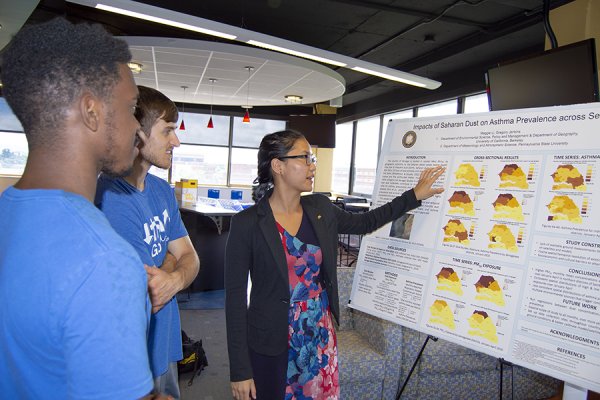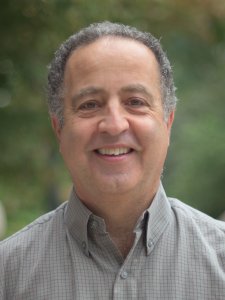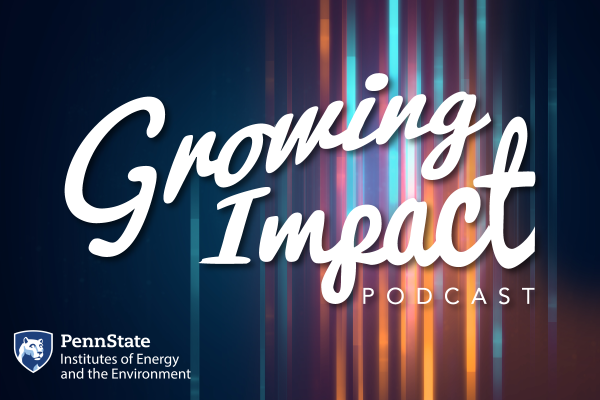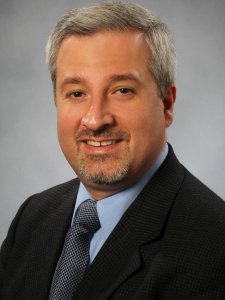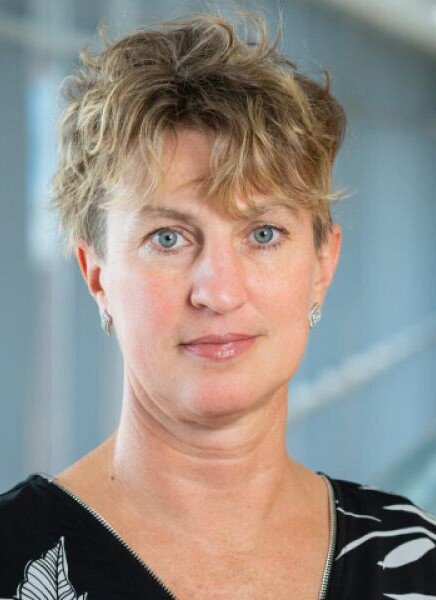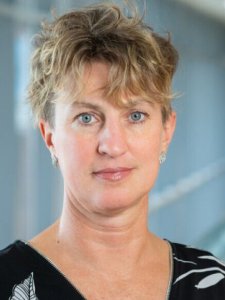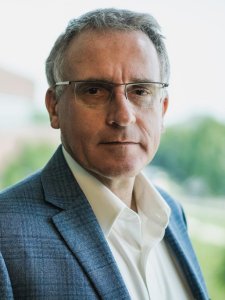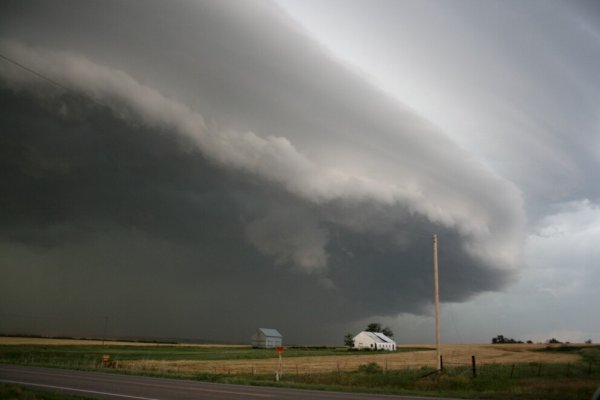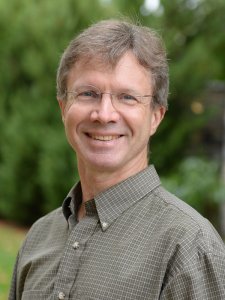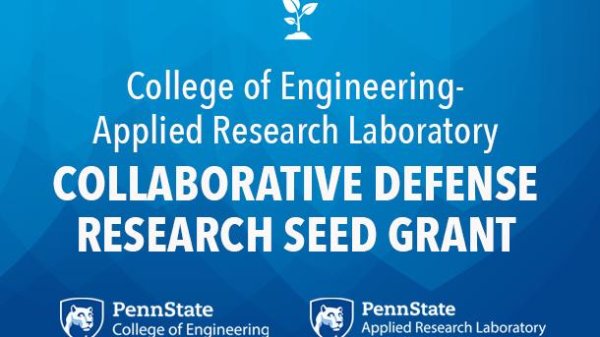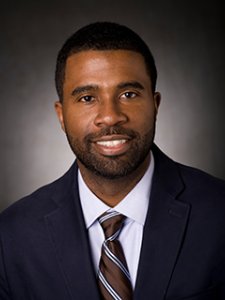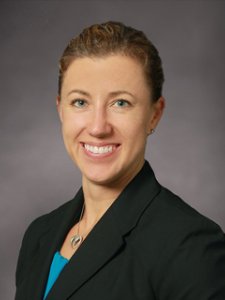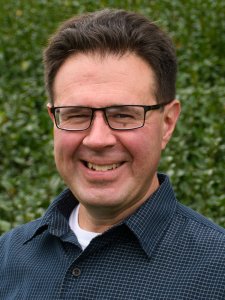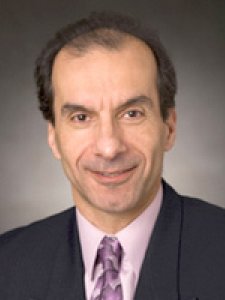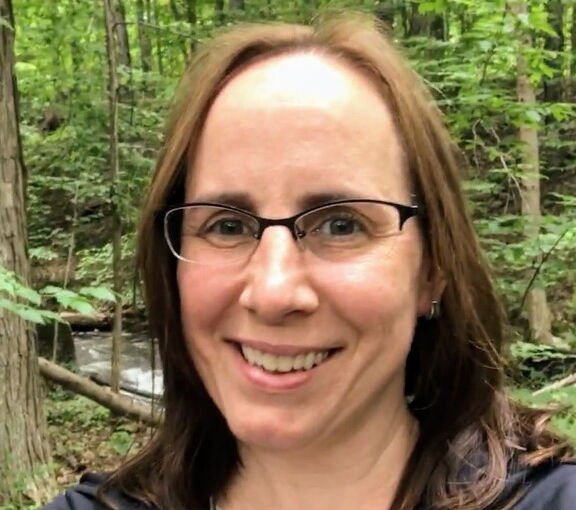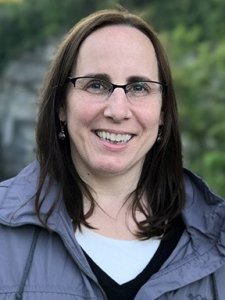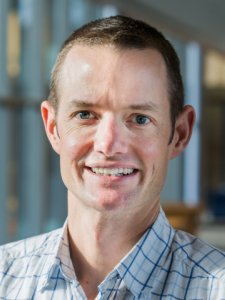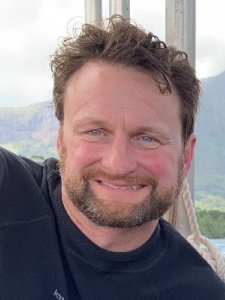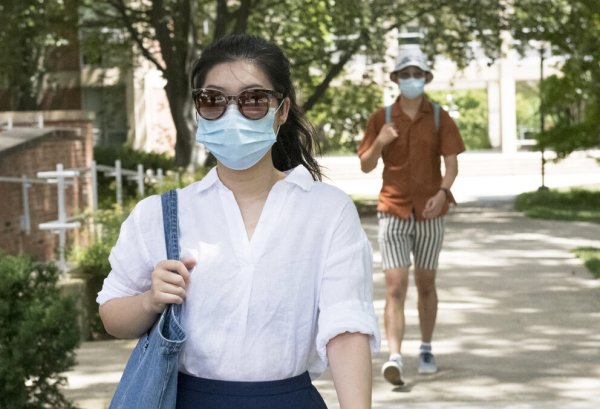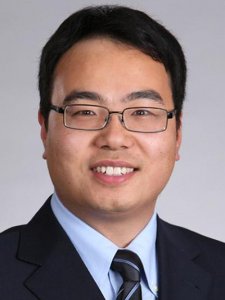Climate science experiences to wrap up with poster presentations on Aug. 5
| news.psu.edu
Penn State's Climate Science Research Experiences for Undergraduates program is hosting their final symposium from 11 a.m. to 1:30 p.m. Thursday, Aug. 5, in the Steidle Building Atrium on the University Park campus. The symposium is free and open to the public.
Mentions
Podcast discusses creating inexpensive catalysts for renewable energy
| news.psu.edu
The latest episode of the Growing Impact podcast discusses a seed grant project that is exploring the development of new catalysts used in the process of splitting water into hydrogen and oxygen for use as renewable energy.
Mentions
-
Mauricio Terrones
George A. and Margaret M. Downsbrough Department Head, Evan Pugh University Professor, and Verne M. Willaman Professor of Physics, Physics -
Lauren Zarzar
Growing Impact: Accelerating renewable energy
Splitting water into hydrogen and oxygen requires a lot of energy. By introducing catalysts into the process, these renewable energy sources can be created more efficiently. The challenge is that these catalysts use precious metals and are expensive. Mauricio Terrones and Lauren Zarzar are working on a novel method to develop inexpensive and efficient catalysts to split water.
Mentions
-
Ismaila Dabo
 Ismaila DaboFormer Corning Faculty Fellow Associate Professor of Materials Science and Engineering
Ismaila DaboFormer Corning Faculty Fellow Associate Professor of Materials Science and Engineering -
Susan Sinnott
Professor of Geosciences Jennifer Macalady named Ecology Institute director
| news.psu.edu
Microbe expert Jennifer Macalady, professor of geosciences, has been appointed director of Penn State’s Ecology Institute, effective July 1. Macalady replaces outgoing director Erica Smithwick, who oversaw the research unit for the past five years.
Mentions
Horizontal winds become major movers of CO2 during cold fronts
| news.psu.edu
What happens to atmospheric carbon dioxide when a cold front moves in has largely remained a mystery, but Penn State-led research is offering new insights that may help improve global carbon models.
Mentions
Engineering and Applied Research Laboratory award defense research seed grants
| psu.edu
In support of multidisciplinary research, the Penn State College of Engineering and the Penn State Applied Research Laboratory collaborated to create a new seed grant program. Five faculty teams have been awarded the inaugural College of Engineering-Applied Research Laboratory Collaborative Defense Research Seed Grant.
Mentions
-
Justin Schwartz
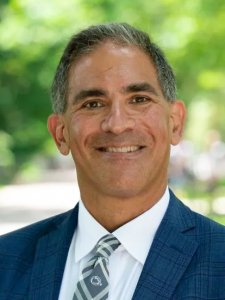 Justin SchwartzFormer Executive Vice President and Provost
Justin SchwartzFormer Executive Vice President and Provost -
Reginald Hamilton
-
Amanda Johnsen
-
Noel Chris Giebink
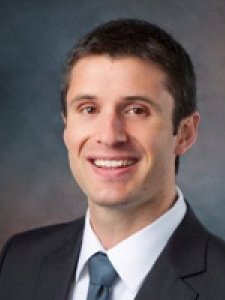 Noel Chris GiebinkFormer Charles K. Etner Professor of Electrical Engineering, Electrical Engineering
Noel Chris GiebinkFormer Charles K. Etner Professor of Electrical Engineering, Electrical Engineering -
Azaree Lintereur
Assistant Professor, Ken and Mary Alice Lindquist Department of Nuclear Engineering -
Michael Janik
Associate Director & Thematic Area Lead, Integrated Energy Systems, Institute of Energy and the Environment -
Ali Borhan
Water resources professor receives 2021 Black Award for excellence in research
| news.psu.edu
Elizabeth Boyer, professor of water resources in Penn State’s College of Agricultural Sciences, is the 2021 recipient of the Alex and Jessie C. Black Award for excellence in research.
Mentions
Faculty Friday: Charles Anderson
Meet Charles Anderson, an IEE co-fund and Eberly College of Science faculty member. The most important thing he wants you to know about his research is that plants are super-active at the sub-cellular level.
Mentions
Scientists resurrect 'forgotten' genus of algae living in marine animals
| news.psu.edu
An international team of researchers has resurrected the genus Philozoon by using modern technologies to thoroughly characterize two of the species of algae that biologist Patrick Geddes had investigated in the mid-to-late 19th century, along with six new related ones.
Mentions
Growing Impact: A guide to decarbonization
In order for the world to meet the challenge of climate change, decarbonization and negative emissions must be part of the discussion. Wei Peng looks to provide policy and tech leadership with information on what decarbonization technology might be effective in the future and how to strategically employ it.
Mentions
-
Klaus Keller
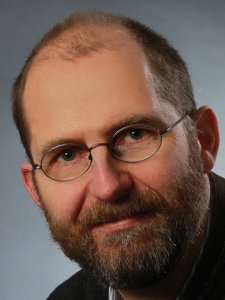 Klaus KellerFormer Professor, Geosciences
Klaus KellerFormer Professor, Geosciences
Underground fiber optic sensors record sounds of COVID lockdown, reopening
| news.psu.edu
Sound signals captured by underground fiber-optic sensors under the University Park campus recorded the impacts of COVID-19 restrictions on the community, according to scientists.
Mentions
How Underground Fiber Optics Spy on Humans Moving Above
| wired.com
Vibrations from cars and pedestrians create unique signals in cables. Now scientists have used the trick to show how Covid-19 brought life to a halt.
Mentions

